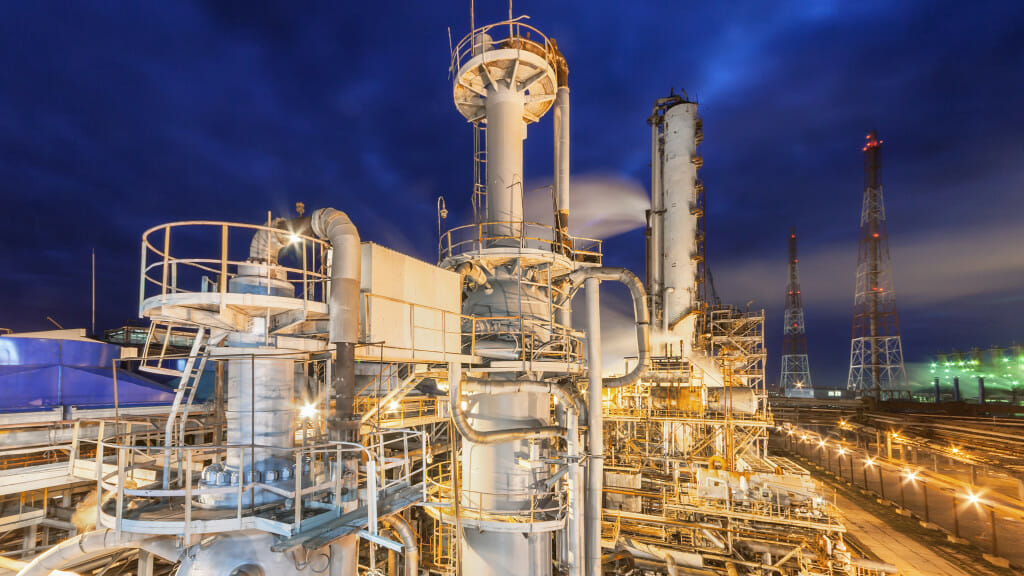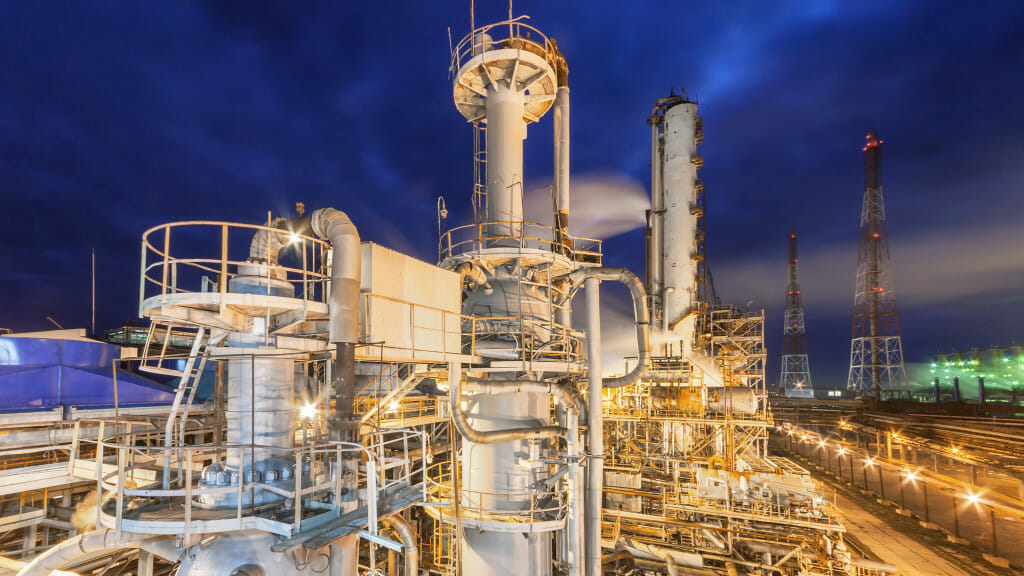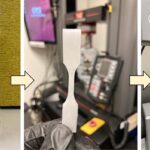2023-04-06 アメリカ合衆国・ウィスコンシン大学マディソン校(UWMadison)

・ UW-Madison とカリフォルニア大学バークレー校(UCB)が、原子スケールでの触媒反応のモデルを開発。より効率的な触媒開発や、触媒反応を大幅に省エネ化した産業プロセス実現への道筋を拓く。
・ 触媒は石油製品の精製や製薬、プラスチック、肥料やグリーン燃料等の製造に不可欠なもの。触媒反応の精密な制御が長年試みられているが、産業規模の触媒反応に必要な高温度・高圧力下で直接これらの反応を観察することは不可能であり、ナノや原子スケールでの現象は解明されていない。
・ 水素を生成する水蒸気メタン改質、肥料製造のアンモニア合成およびメタノール合成の 3 種類の触媒反応は、世界の全エネルギーの 10%近くを消費。これらの反応温度を 2~3℃低減できれば、エネルギーの膨大な節約につながり、環境への負荷の低減にも貢献できる。
・ 現行の硬い表面の触媒モデルでは、遷移金属原子はリアクタントが付着して反応に関与するための2D 表面を提供するとされている。適当な圧力・熱や電流でリアクタントの化学結合が切断され、新しい化学製品へと再結合する。これらの遷移金属原子の結合は強力で、単にリアクタントの「着地点」を提供し、それらが触媒する反応において金属同士の結合は切断されないと考えられている。
・ 新モデルでは、遷移金属原子同士の結合の切断に加え、単一金属原子(吸着原子)が飛び出して触媒表面を移動するのに十分なエネルギーが触媒プロセスに提供され、それらの吸着原子はクラスターを形成して触媒上で化学反応を(硬い表面よりもさらに)促進させる部位として機能することを提示。
・ 一連の特殊な計算により 8 種類の遷移金属触媒と 18 種類のリアクタント間の産業で重要な相互反応を調査し、金属クラスターを形成し易いエネルギーレベル・温度、また、反応速度に著しく影響する各クラスターの原子数を特定した。
・ 原子分解能走査トンネル顕微鏡を用いて触媒に有用な安定した結晶状態のニッケル(111)での CO 吸着を調査し、触媒構造における欠陥も単一金属原子の飛び出しと反応部位の形成に影響することを提示するモデルを確認した。
・ 本研究は、米国エネルギー省(DOE) 基礎エネルギー科学局(BES)ケミカルサイエンス部 Catalysis Science Program および Structure and Dynamics of Materials Interfaces program を通じた DOE BES の
材料科学・工学部が支援し、UCB の Miller Institute が資金を提供した。
URL: https://news.wisc.edu/new-atomic-scale-understanding-of-catalysis-could-unlock-massive-energy-savings/
<NEDO海外技術情報より>
関連情報
Science 掲載論文(アブストラクトのみ:全文は有料)
Formation of active sites on transition metals through reaction-driven migration of surface atoms
URL: https://www.science.org/doi/10.1126/science.add0089
Mobile metal atoms underlying reactions
In heterogeneous catalysis, it is often assumed that adsorbates have minimal effects on the bonding between surface metal atoms at low temperatures and pressures. Xu et al. used density functional theory to find conditions in which adsorbed molecules can scavenge transition metal atoms by breaking bonds at the surface. These atoms can then form clusters, as observed in kinetic Monte Carlo simulations of carbon monoxide on copper and in scanning tunneling microscopy studies of carbon monoxide on a Ni(111) surface containing steps and dislocations. The reaction mechanisms of several catalytic systems may be dominated by in situ adsorbate-induced active site formation. —PDS
Abstract
Adopting low-index single-crystal surfaces as models for metal nanoparticle catalysts has been questioned by the experimental findings of adsorbate-induced formation of subnanometer clusters on several single-crystal surfaces. We used density functional theory calculations to elucidate the conditions that lead to cluster formation and show how adatom formation energies enable efficient screening of the conditions required for adsorbate-induced cluster formation. We studied a combination of eight face-centered cubic transition metals and 18 common surface intermediates and identified systems relevant to catalytic reactions, such as carbon monoxide (CO) oxidation and ammonia (NH3) oxidation. We used kinetic Monte Carlo simulations to elucidate the CO-induced cluster formation process on a copper surface. Scanning tunneling microscopy of CO on a nickel (111) surface that contains steps and dislocations points to the structure sensitivity of this phenomenon. Metal-metal bond breaking that leads to the evolution of catalyst structures under realistic reaction conditions occurs much more broadly than previously thought.





